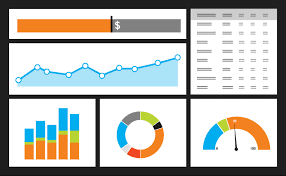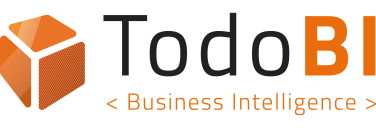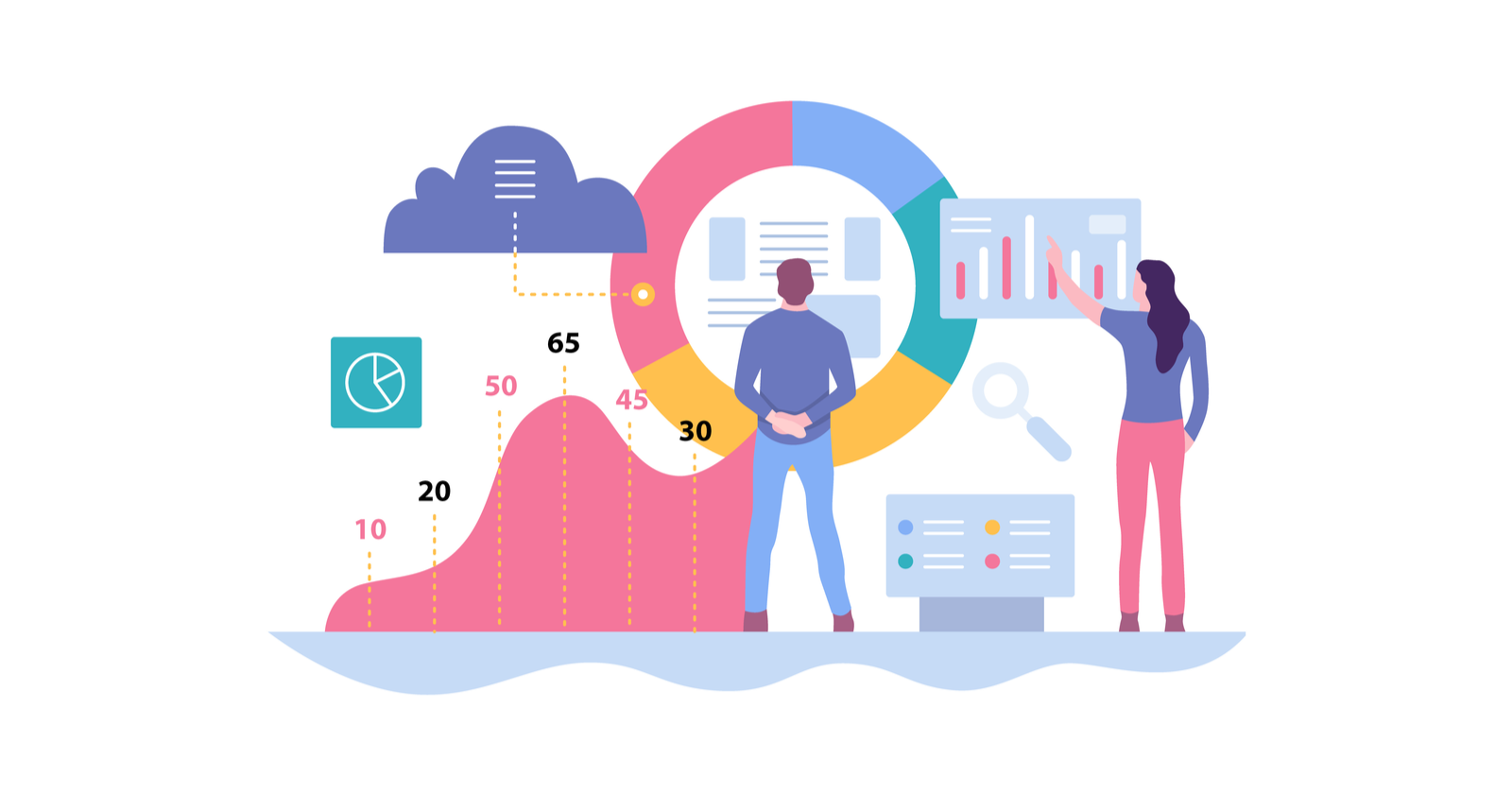He aquí unos ejemplos:
- Business experiments: Business experiments, experimental design and AB testing are all techniques for testing the validity of something – be that a strategic hypothesis, new product packaging or a marketing approach. It is basically about trying something in one part of the organization and then comparing it with another where the changes were not made (used as a control group). It’s useful if you have two or more options to decide between.
- Visual analytics: Data can be analyzed in different ways and the simplest way is to create a visual or graph and look at it to spot patterns. This is an integrated approach that combines data analysis with data visualization and human interaction. It is especially useful when you are trying to make sense of a huge volume of data.
- Correlation analysis: This is a statistical technique that allows you to determine whether there is a relationship between two separate variables and how strong that relationship may be. It is most useful when you ‘know’ or suspect that there is a relationship between two variables and you would like to test your assumption.

- Regression analysis: Regression analysis is a statistical tool for investigating the relationship between variables; for example, is there a causal relationship between price and product demand? Use it if you believe that one variable is affecting another and you want to establish whether your hypothesis is true.
- Scenario analysis: Scenario analysis, also known as horizon analysis or total return analysis, is an analytic process that allows you to analyze a variety of possible future events or scenarios by considering alternative possible outcomes. Use it when you are unsure which decision to take or which course of action to pursue.
- Forecasting/time series analysis: Time series data is data that is collected at uniformly spaced intervals. Time series analysis explores this data to extract meaningful statistics or data characteristics. Use it when you want to assess changes over time or predict future events based on what has happened in the past.
- Data mining: This is an analytic process designed to explore data, usually very large business-related data sets – also known as ‘big data’ – looking for commercially relevant insights, patterns or relationships between variables that can improve performance. It is therefore useful when you have large data sets that you need to extract insights from.
- Text analytics: Also known as text mining, text analytics is a process of extracting value from large quantities of unstructured text data. You can use it in a number of ways, including information retrieval, pattern recognition, tagging and annotation, information extraction, sentiment assessment and predictive analytics.
- Sentiment analysis: Sentiment analysis, also known as opinion mining, seeks to extract subjective opinion or sentiment from text, video or audio data. The basic aim is to determine the attitude of an individual or group regarding a particular topic or overall context. Use it when you want to understand stakeholder opinion.
- Image analytics: Image analytics is the process of extracting information, meaning and insights from images such as photographs, medical images or graphics. As a process it relies heavily on pattern recognition, digital geometry and signal processing. Image analytics can be used in a number of ways, such as facial recognition for security purposes.
- Video analytics: Video analytics is the process of extracting information, meaning and insights from video footage. It includes everything that image analytics can do plus it can also measure and track behavior. You could use it if you wanted to know more about who is visiting your store or premises and what they are doing when they get there.
- Voice analytics: Voice analytics, also known as speech analytics, is the process of extracting information from audio recordings of conversations. This form of analytics can analyze the topics or actual words and phrases being used, as well as the emotional content of the conversation. You could use voice analytics in a call center to help identify recurring customer complaints or technical issues.
- Monte Carlo Simulation: The Monte Carlo Simulation is a mathematical problem-solving and risk-assessment technique that approximates the probability of certain outcomes, and the risk of certain outcomes, using computerized simulations of random variables. It is useful if you want to better understand the implications and ramifications of a particular course of action or decision.
- Linear programming: Also known as linear optimization, this is a method of identifying the best outcome based on a set of constraints using a linear mathematical model. It allows you to solve problems involving minimizing and maximizing conditions, such as how to maximize profit while minimizing costs. It’s useful if you have a number of constraints such as time, raw materials, etc. and you wanted to know the best combination or where to direct your resources for maximum profit.
Visto en Forbes



